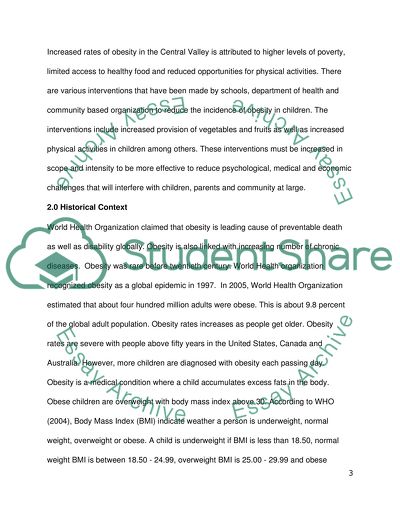Cite this document
(“Why is child obesity on the rise Research Paper”, n.d.)
Retrieved from https://studentshare.org/family-consumer-science/1406224-why-is-child-obesity-on-the-rise-
Retrieved from https://studentshare.org/family-consumer-science/1406224-why-is-child-obesity-on-the-rise-
(Why Is Child Obesity on the Rise Research Paper)
https://studentshare.org/family-consumer-science/1406224-why-is-child-obesity-on-the-rise-.
https://studentshare.org/family-consumer-science/1406224-why-is-child-obesity-on-the-rise-.
“Why Is Child Obesity on the Rise Research Paper”, n.d. https://studentshare.org/family-consumer-science/1406224-why-is-child-obesity-on-the-rise-.


